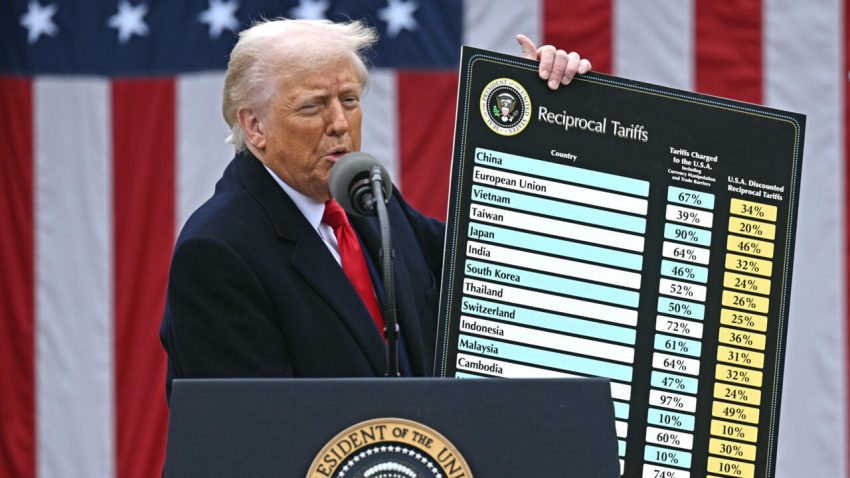On April 2, 2025, U.S. President Donald Trump announced a series of sweeping tariffs, declaring the day as “Liberation Day” and marking a significant shift in international trade relations. The new policy introduces a universal 10% tariff on all imports, with higher rates targeting specific countries: 46% on Vietnam, 20% on the European Union, 32% on Taiwan, and an additional 34% on China, bringing its total to 54%.
The announcement has elicited strong reactions from global leaders. French President Emmanuel Macron labeled the tariffs as “brutal and unfounded,” suggesting potential retaliatory measures, including suspending French investments in the U.S. and implementing a digital services tax aimed at American tech companies. Similarly, China’s Ministry of Commerce expressed intent to implement countermeasures to safeguard its interests.
Financial markets have responded negatively to the tariff imposition. Stock markets in affected countries have experienced significant declines, with investors expressing concerns over a potential global economic downturn. The European Union estimates that these tariffs will impact approximately €380 billion in exports, prompting discussions of proportional retaliation.
Domestically, the tariffs have sparked political debate. Critics argue that such protectionist measures could harm American consumers and industries by increasing prices and disrupting supply chains. Despite the backlash, President Trump maintains that these tariffs are essential for protecting American workers and industries, asserting that the policy aims to bolster economic self-reliance.
As the international community grapples with the implications of these tariffs, the potential for a protracted trade war looms, with nations contemplating countermeasures and seeking diplomatic avenues to address the escalating tensions.




